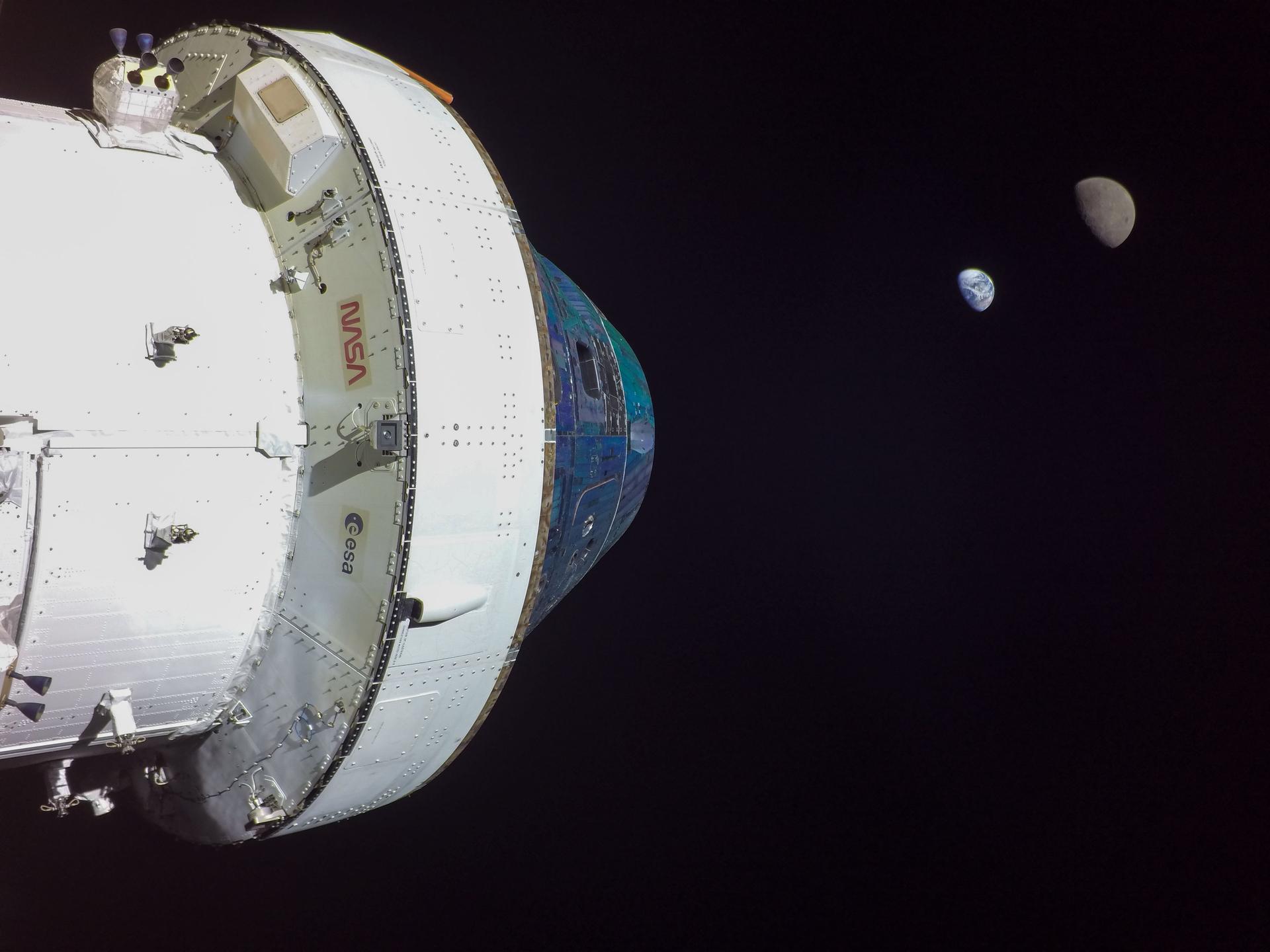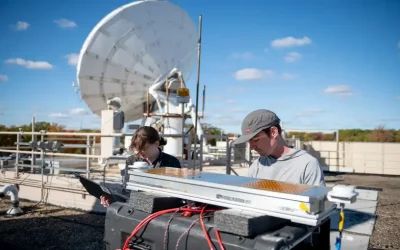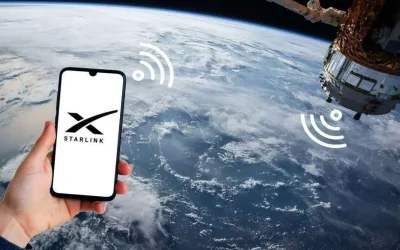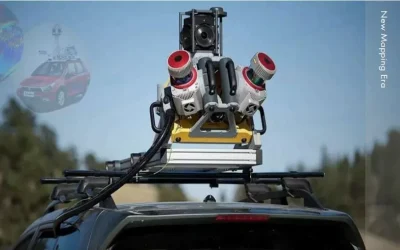Do you want to Live in Mars? NASA has an Elaborate Plan for you!
NASA’s ambition to send humans to Mars is a cornerstone of its deep space exploration efforts and dominance in space administration. This mission albeit being laborious and mind boggling, NASA has shown alot of commitment of making it successful. The mission is part of NASA’s broader Artemis program and its long-term goal of establishing a sustainable human presence on the Moon as a stepping stone for future crewed missions to Mars – The Red Planet. NASA envisions the first human mission to Mars as just the beginning of a long-term exploration strategy, where humans not only visit but eventually establish a sustainable presence. This could pave the way for a Martian research station, similar to scientific bases in Antarctica, where astronauts live for extended periods and conduct cutting-edge scientific research.

According to conversation.com website, the plans to send humans on a scientific round trip to Mars will potentially occur as early as 2035. The trip will take about six to seven months each way and will cover up to 250 million miles (402 million kilometers) each way. The astronauts may spend as many as 500 days on the planet’s surface before returning to Earth. NASA’s Artemis program plans to return humans to the Moon this decade to practice and prepare for sustainable presence in readness for a Mars mission as early as the 2030s. While NASA has several reasons for pursuing such an ambitious mission, the biggest is scientific exploration and discovery.
Why send Humans to Mars?
Firstly, we live in age that experienced rapid technological innovations and scientific discoveries. The msiion to Mars will act as a prime candidate and a catalyst for discovering signs of past life due to its history of having liquid water. Studying Mars can also reveal many scientific discoveries, insights about the solar system’s evolution as well as the Earth’s future. Secondly, the human visit to Mars enables accomplishment of studies in planetary science and exploration. Planet Mars can teach us about geology, climate, and the potential for human survival on other planets. Thus, by understanding Mars’ resources (like water and minerals) could be key to sustaining life during extended missions.
Again, Mars remains our horizon goal for human exploration because it is one of the only other places we know where life may have existed in the solar system. The human mission to Mars will push the boundaries of technology in areas like propulsion systems, life support, robotics, and habitats. Lastly, USA as the only World Superpower wants to take centre stage in global inspiration and leadership. Just like the Apollo missions to the Moon, a Mars mission would serve as an inspiration for generations, fostering innovation and maintaining the U.S.A’s leadership in space exploration and administration.
How do you get to Mars?
To send people to Mars and return them safely to Earth, NASA has developed a new, very powerful launch vehicle called the Space Launch System and a new human carrier spacecraft called Orion. To prepare and train astronauts for living on and exploring Mars, NASA established a new program to return humans to the Moon, called the Artemis program. The Artemis astronauts will live and work on the Moon for months at a time to prepare for living and working on panet Mars (conversation.com). The Space Launch System and Orion successfully launched on 16th November 2022, as part of the Artemis I mission. It made the Artemis program’s first uncrewed flight to the Moon, and once there, Orion orbited the Moon for six days, getting as close as 80 miles (129 kilometers) above the surface. Artemis I splashed back down to Earth on 11th December 2022, after its 1.4 million-mile (2.2 million-kilometer) maiden journey.
Artemis III, the first mission to return humans to the lunar surface, is scheduled for 2026. The Artemis astronauts will land at the Moon’s south pole, where scientists believe there may be large deposits of subsurface water in the form of ice that astronauts could mine, melt, purify and drink. The Artemis astronauts will set up habitats on the surface of the Moon and spend several months exploring the lunar surface. Since the Moon is a mere 240,000 miles (386,000 km) from Earth, it will act as a training ground for the future human exploration of Mars. While a Mars mission is still many years out, the Artemis program will help NASA develop the capabilities it needs to explore the red planet.
Possible challenges of going to Mars

One of the foreseeable challenges is disance and duration. The distance from Earth to Mars is about 225 million kilometers (140 million miles). The mission duration, including travel time and surface operations, could take up to 2-3 years. Further, the astronauts will be exposed to significant radiation hazards both during the journey through deep space and while on the Martian surface. However, NASA is researching ways to shield astronauts from cosmic rays and solar radiation. Also sustaining life on Mars requires advanced life support systems that recycle air, water, and food. Astronauts will also need to harness local resources, such as extracting water from ice or the atmosphere. The long-duration spaceflight can have psychological and physiological effects on astronauts, including muscle atrophy, bone loss, and isolation. Lastly, landing humans safely on Mars is much more challenging than landing rovers due to Mars’ thin atmosphere and larger payload requirements. New EDL technologies are needed to safely land heavy spacecraft.













